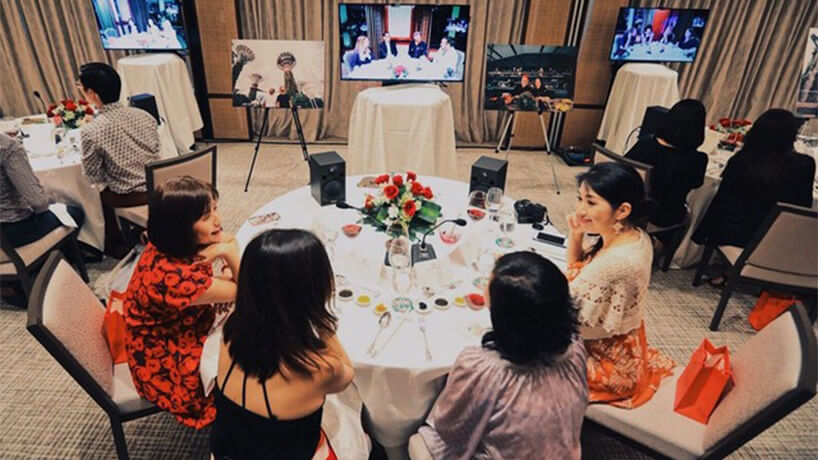#Trendspotter
Live-streaming technology can elevate a static meeting into a shared experience, where virtual and “live” audiences can connect in new ways.
Hybrid meetings sent shockwaves through the industry when the concept of combining a traditional in-person event with an online component kicked off in the early noughties. Today, after years of struggling with messy wires and second-rate camera equipment, live-streaming services and virtual technologies have elevated the hybrid event to a whole new level.
For Olivia Kosasih, senior manager – digital strategy at Epicentro, the virtues of live streaming lie in the ability to provide real-time engagement.
“Real-time engagement is valuable because it turns an event into a real-life experience. Delegates are no longer just ‘attendees,’ but co-creators of their own personalised experiences,” she said. “The event becomes a strongly emotional engagement and a memorable experience which would lead to a repeat purchase for the next event.”
Kosasih suggested using live-video streaming to create content such as behind-the-scenes tours, influencer interviews, and expert chats that engage the virtual audience.
“In 2016, Disney used Facebook live streaming not just to promote the release of its film, The Jungle Book, but to connect audiences with the premiere event,” Kosasih said. “They partnered with Airbnb to live stream interviews with the cast and crew at a specially created ‘Treehouse’ venue. The video has since attracted 98,000 views and 160,000 comments.”
While live streaming via social-media networks such as Facebook, Twitter, Instagram, and Periscope has democratised the technology and opened up more interactive ways to engage with digital audiences, Kosasih cautioned event planners to also formulate a crisis- management plan.
“Being live and spontaneous, live streaming inevitably opens up many opportunities for things to go wrong,” she said. “For example, brands will be vulnerable to critics, especially on social media. Therefore, it is vital to have robust social-media crisis-management procedures already in place to head off event crises should they arise.”
To further boost audience engagement, event planners can harness meeting design to blend the offline and online worlds and create a truly immersive experience.
For example, when the Singapore Tourism Board (STB) launched its new Passion Made Possible brand in Australia earlier this year, it did away with the usual cocktail tables and roving canapés. Instead, the tourism board hosted a series of immersive “AU x SG Foodies Dinners” and used live-video streaming to instantly connect food lovers in Singapore and Sydney.
More than 100 diners joined celebrity chefs from Singapore and Australia for a specially designed menu that celebrated local Singaporean flavours. The experimental dinner format saw guests seated across seven tables with corresponding TV screens that streamed video and audio so diners in both cities could mingle in real-time, despite the 6,300-kilometre distance.
Food service throughout the event was carefully synchronised so guests in both cities could dine together. After service, the chefs also joined guests at the dinner table to answer questions and share their culinary expertise.
Singapore Tourism Board Assistant Chief Executive Lynette Pang said the event formed part of the organisation’s new brand-marketing strategy, which focuses on experiential events.
“This is part of STB’s aim to deliver engaging, different, and creative experiences as we roll out the Passion Made Possible brand,” she said.
Experiential dinner parties may be the start of the next phase of hybrid meetings — where future wearable technologies can combine with live 360° video to create new, augmented reality experiences that can be shared across borders, and allow for even greater levels of interaction and engagement.

